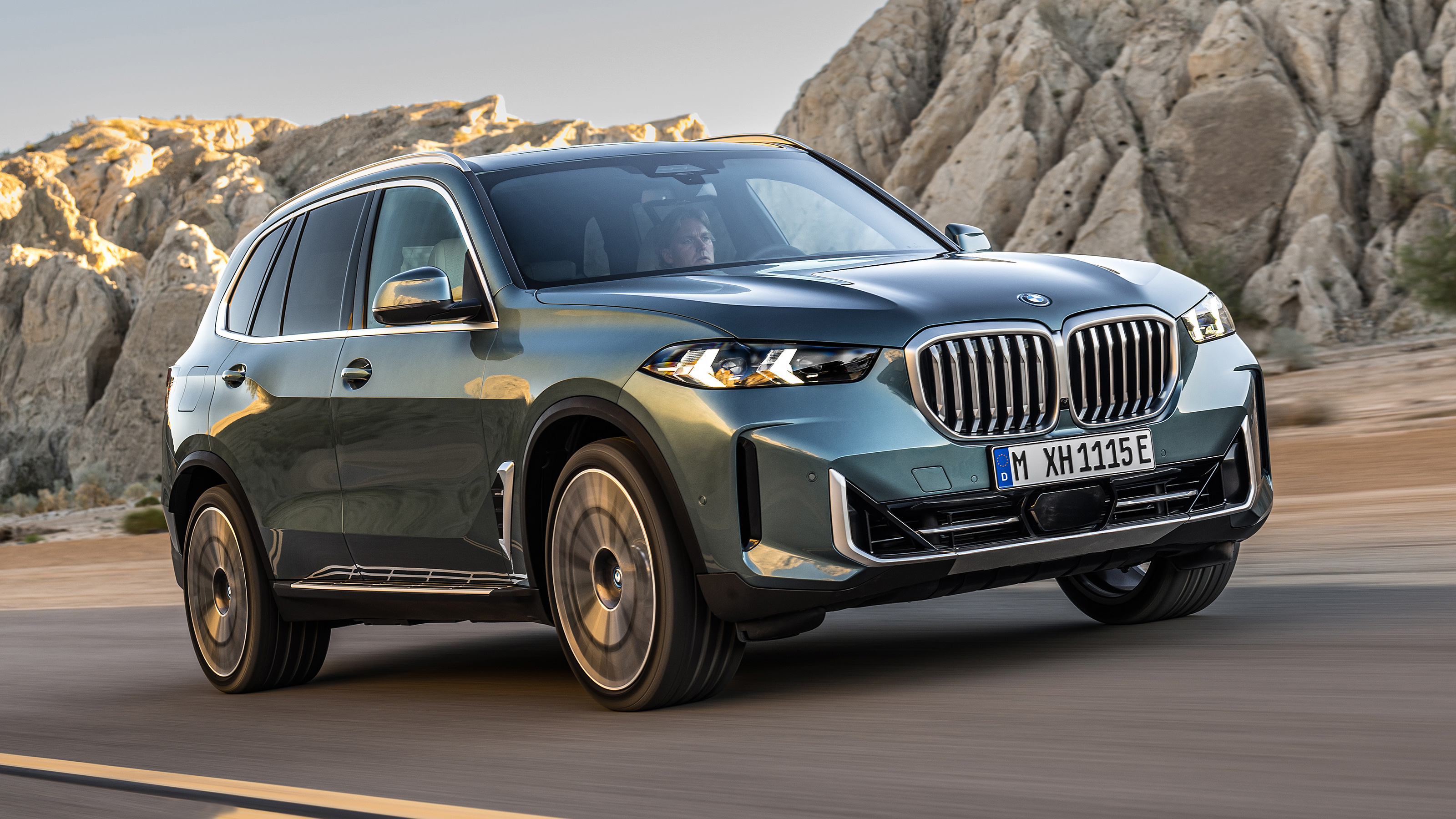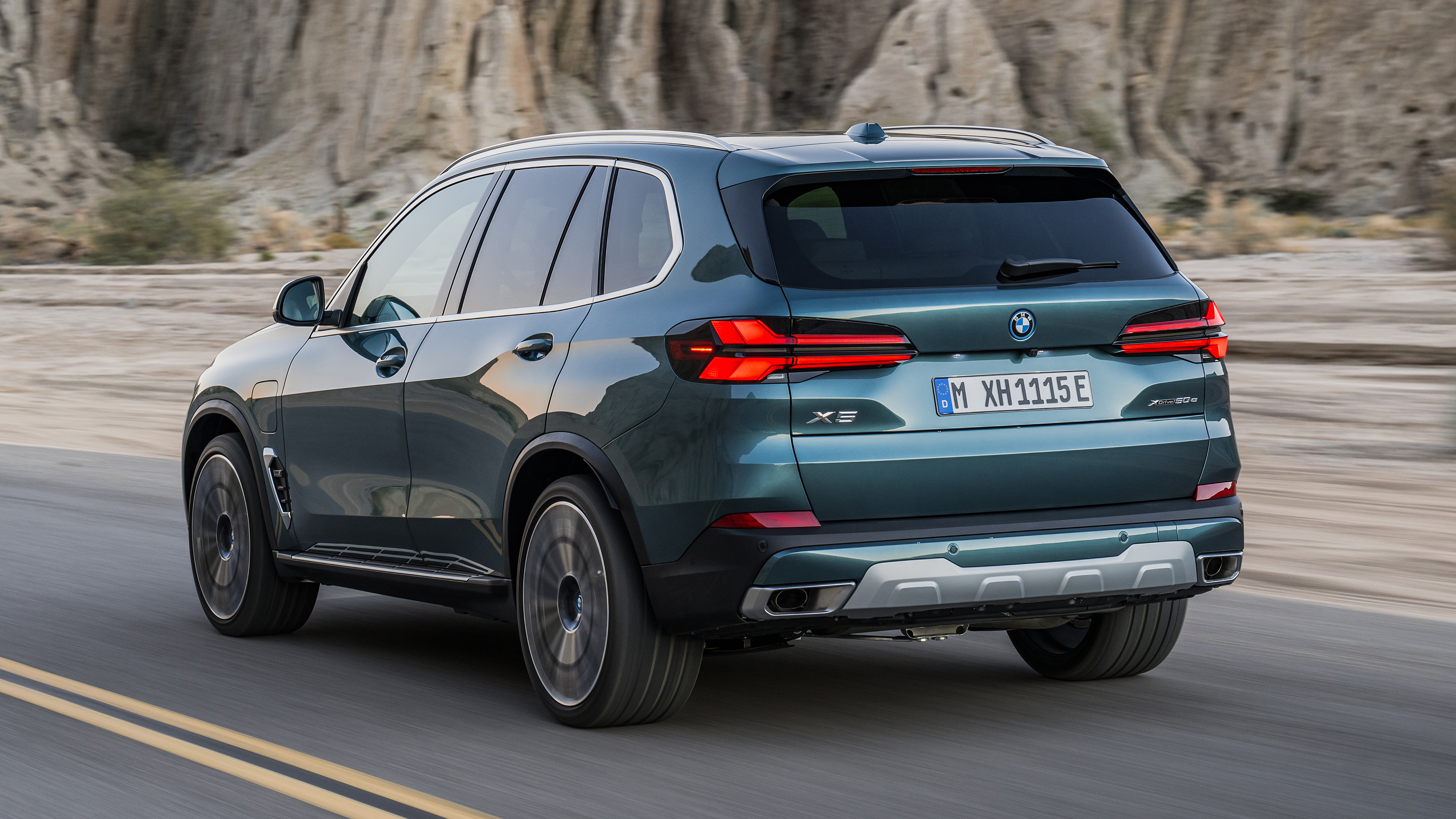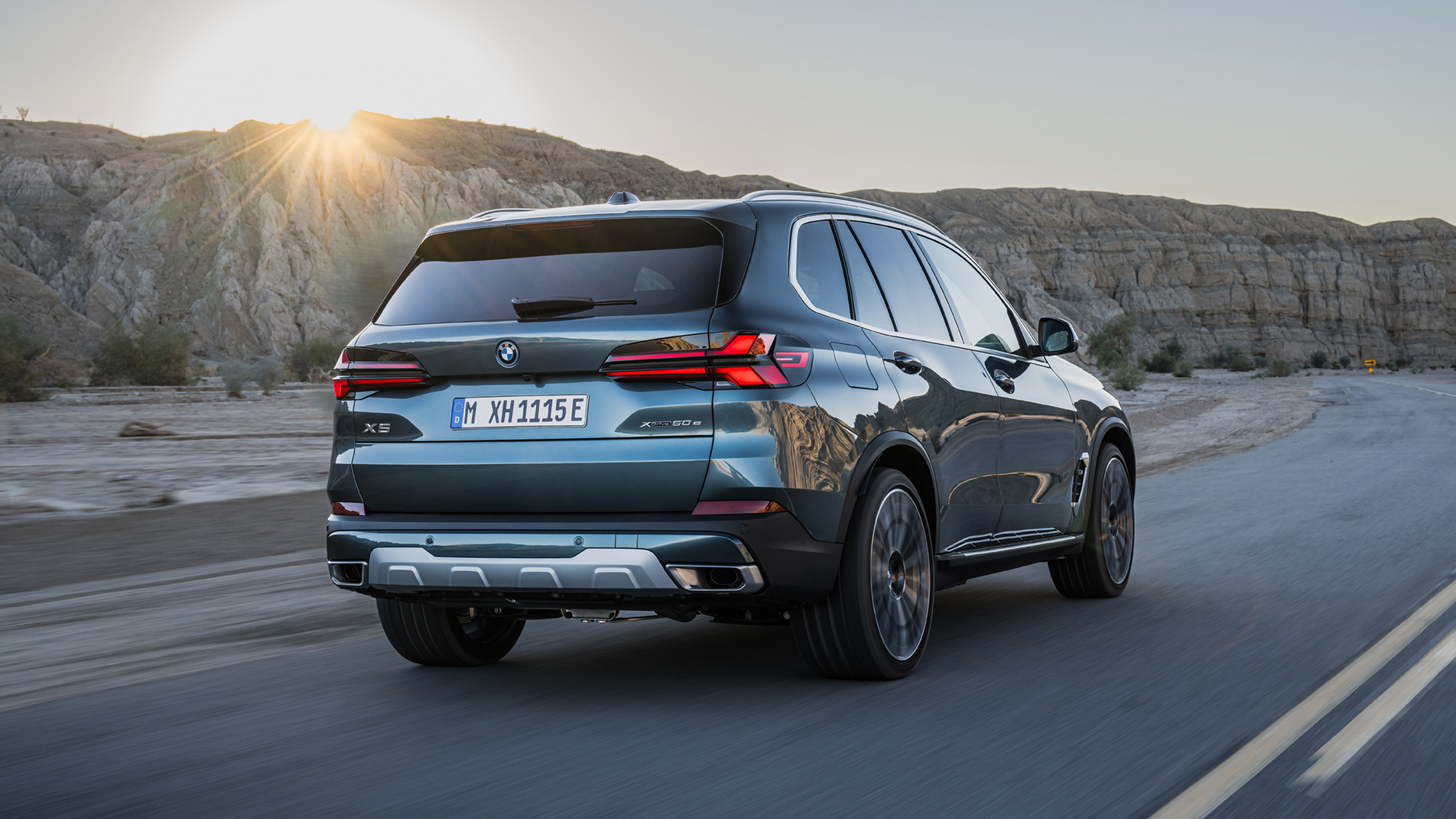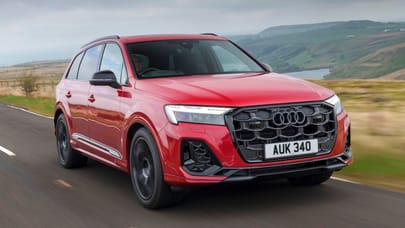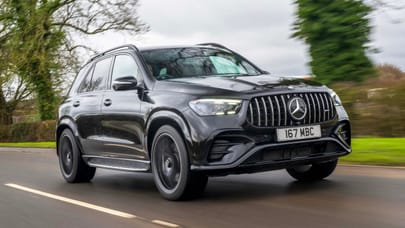
Good stuff
Dynamics on and off the road, comfortable, great engines and transmission
Bad stuff
Expensive, too much cheap cabin bling, that BMW SUV image
Overview
What is it?
This is the X5, the car that kicked off BMW’s obsession with gigantic SUVs. You'd never have guessed what was to follow when the Mk1 X5 was launched in 1999...
BMW has sold millions of these, and now it has an entire shadow range of crossovers, SUVs and 4x4s reflecting what was once its more normal line-up of cars, all the way from 1 to 7... plus a few i-badged electric options thrown in for good measure.
It’s not just the BMW range that’s crowded…
In its day the X5 was a revolution. Just before the last century ended, the original X5 became the first ever 'off-roader' that behaved like a car on the road, and now the German firm is onto its fourth generation of the car. Where that primordial X5 went, the Range Rover Sport, Porsche Cayenne, Audi Q7, et al have followed. This is busy territory.
This Mk4 (G05) was launched in 2018, but got a carefully judged facelift in 2023 that focused on sharpening up the front end and tidying up the interior. Perhaps the ginormous kidney grille up front really does look less obnoxious now, or maybe its impact has dulled with time. We're not sure.
Those looks are something, aren't they?
Well that front end was controversial when the X5 was revealed back in 2018. Actually, it's been controversial in every BMW that's been launched for ages. People want their SUVs to be big and brash, apparently.
The facelift has toned things down a smidge, but the front end still looks a little piggy. It's best angle is the rear three-quarter, and to our eyes it's a lot better when the trim is a little less shiny. Something to bear in mind on the configurator.
Isn’t the X5 supposed to be matched to the 5 Series?
Difficult to forget, looking at it, but it's worth remembering that the X5 is now rather a large car, with an optional third row of seats. The real replacement for the early X5 is today's X3; a better everyday choice for family life, in all honesty.
So the X5 is bigger and plusher than ever and comes with four-wheel drive only (so at least it isn’t one of those clueless soft-roaders then). There’s air suspension as you climb the range, and four-wheel steering is a cost option if you want an X5 that’s more agile (though we think you can happily do without it).
What about the tech?
The X5 gets BMW’s fanciest driver assistance setups and the requisite digital dashboard, which means that a 14.9in infotainment touchscreen is standard on all cars, plus a 12.3in instrument panel. Probably the most significant upgrade from the car’s 2023 refresh. It all works smoothly, and you can take advantage of BMW’s connected services or just plug in your phone and enjoy a mirrored screen.
If you’ve got money to burn you can pile up your order sheet with heated and cooled cupholders, a boot that opens when you wave your foot under it, a fancy Bowers and Wilkins sound system, TVs in the back, and massage seats up front.
What about the engines?
You’ve got four engine setups to choose from. Three of them 3.0-litre in-line 6cyls in petrol-hybrid or diesel guise, then there's a 4.4-litre V8 that comes with the M60i.
The 30d and 40d diesels produce 294bhp and 347bhp apiece, a 482bhp plug-in hybrid model and then the 523bhp range-topper. The 0–62mph performance varies from 4.3 seconds to 6.1s, and fuel consumption from 23.4mpg to 283mpg. Definitely take a look at the Driving tab to make sense of those figures.
Our choice from the range

What's the verdict?
BMW has got to know SUV buyers well over the years, and it obviously thinks that its buyers don’t mind the brash looks. And at any rate it nails the basics: it's competent and you don't have to spend a pile on options to get a desirable spec.
Just bear in mind that driving an SUV this large - especially one with a BMW badge nestled in that huge grille - comes with a certain image. You could just lean into it and go for the raucous M version, or try and appease onlookers with the vaguely more eco-friendly plug-in hybrid. Both are tricky to do when the superior Cayenne exists...
Whichever X5 you go for, they’re all superbly powered and great to steer, notwithstanding our reservations about the four-wheel steering. It actually will go off-roading too, which can’t be taken for granted in this class.
The Rivals
Trending this week
- Car Review
Renault Clio




